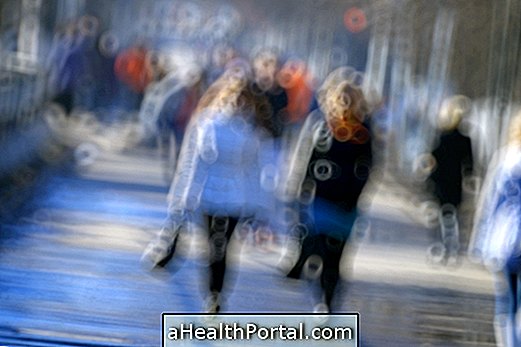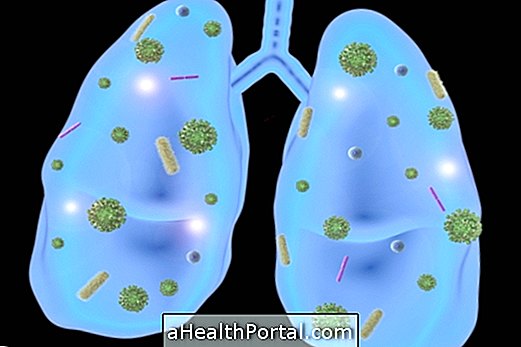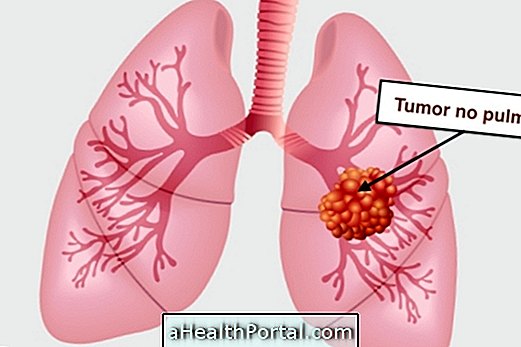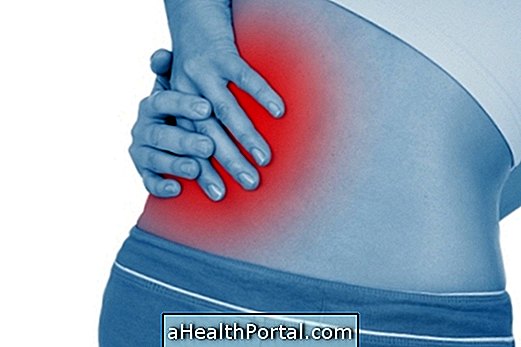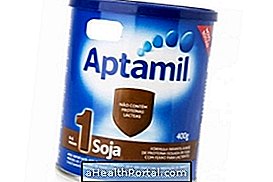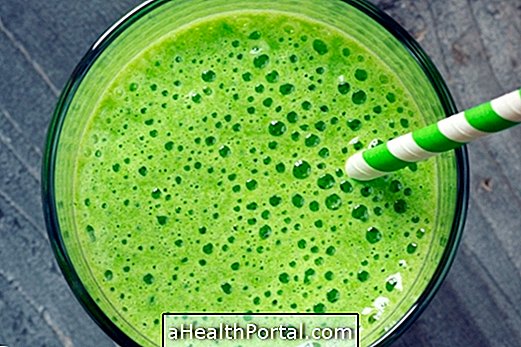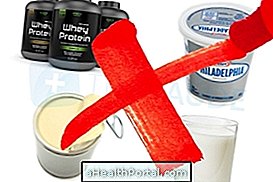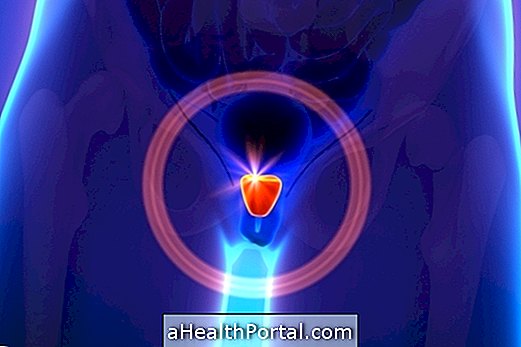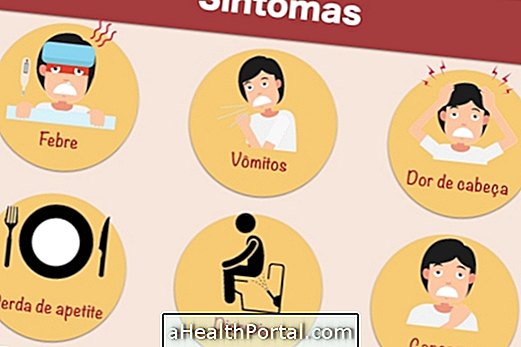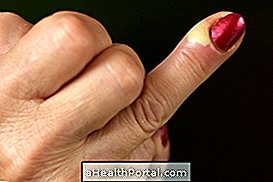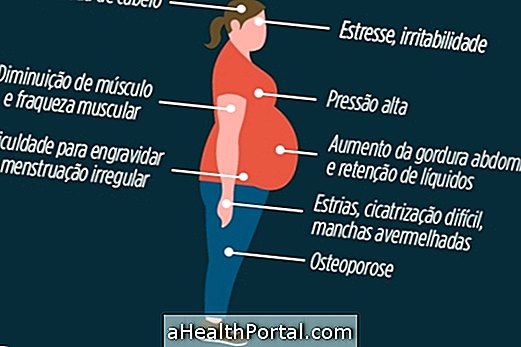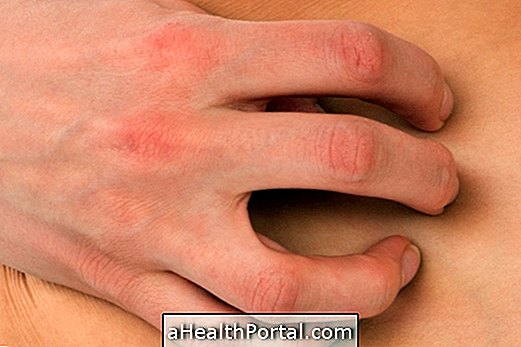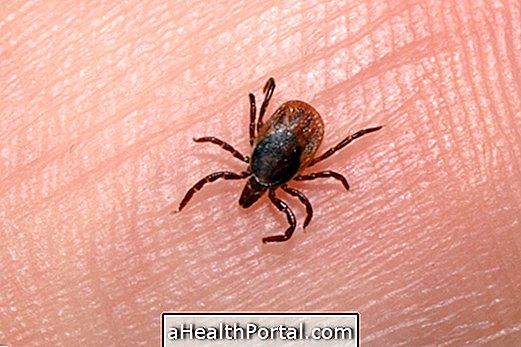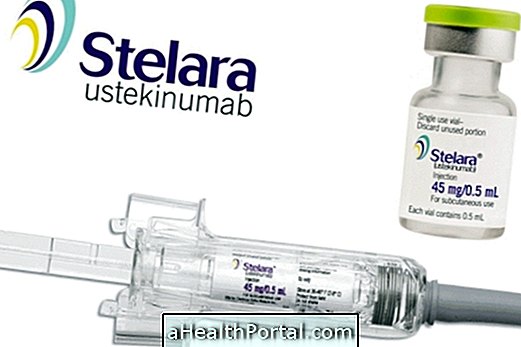Esophageal diverticulosis consists of the appearance of a small pouch, known as a diverticulum, in the portion of the digestive tract between the mouth and the stomach, causing symptoms such as:
- Difficulty swallowing;
- Feeling of food stuck in the throat;
- Persistent cough;
- Sore throat;
- Loss of weight without apparent cause;
- Bad breath.
Typically, the onset of this type of symptoms is more frequent after the age of 30, and the onset of an isolated symptom, such as a cough, is common but worsens over time or accompanied by other symptoms.
Esophageal diverticulosis is not a serious problem, however, the diverticulum may increase over time and this may cause obstruction of the throat, causing pain when swallowing, impossibility to make food reach the stomach and even recurrent pneumonia, for example.
How is the diagnosis of esophageal diverticulosis diagnosed?
The diagnosis of esophageal diverticulosis is usually made by a gastroenterologist after performing some diagnostic tests such as:
- Endoscopy: a small flexible tube is inserted with a camera in the tip through the mouth to the stomach, allowing to observe if there are diverticula in the esophagus;
- Contrast X-ray: A contrast-enhanced liquid is drunk while an x-ray is taken to observe fluid movement in the throat, helping to identify possible diverticula.
These types of tests should be done whenever diverticulosis-like symptoms appear, as there is no specific cause that suggests the development of diverticula in the esophagus.
How is esophageal diverticulosis treated?
The treatment for esophageal diverticulosis varies according to the symptoms presented, and when they provoke few changes in the life of the patient only some care is recommended as to make a varied food, to chew the foods well, to drink 2 liters of water per day and to sleep with the headboard of the raised bed, for example.
In cases where diverticulosis causes too much swallowing or the appearance of recurrent pneumonias, the gastroenterologist may recommend having surgery to remove the diverticulum and strengthen the esophageal wall, preventing it from recurring.
However, surgery should only be used in cases where the symptoms are severe because there are risks, such as injuries to the lungs, spleen or liver, as well as thrombosis, for example.
